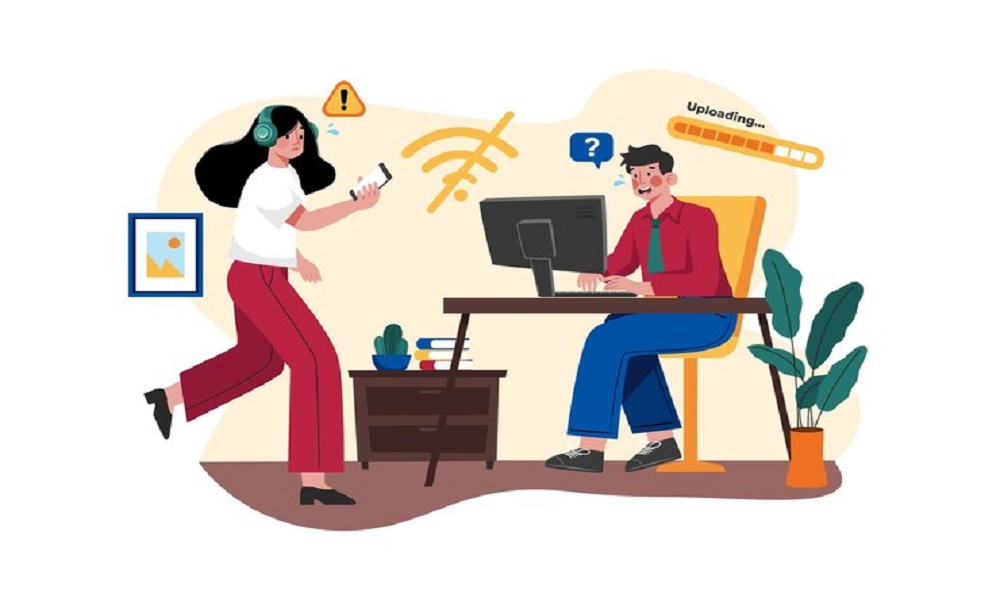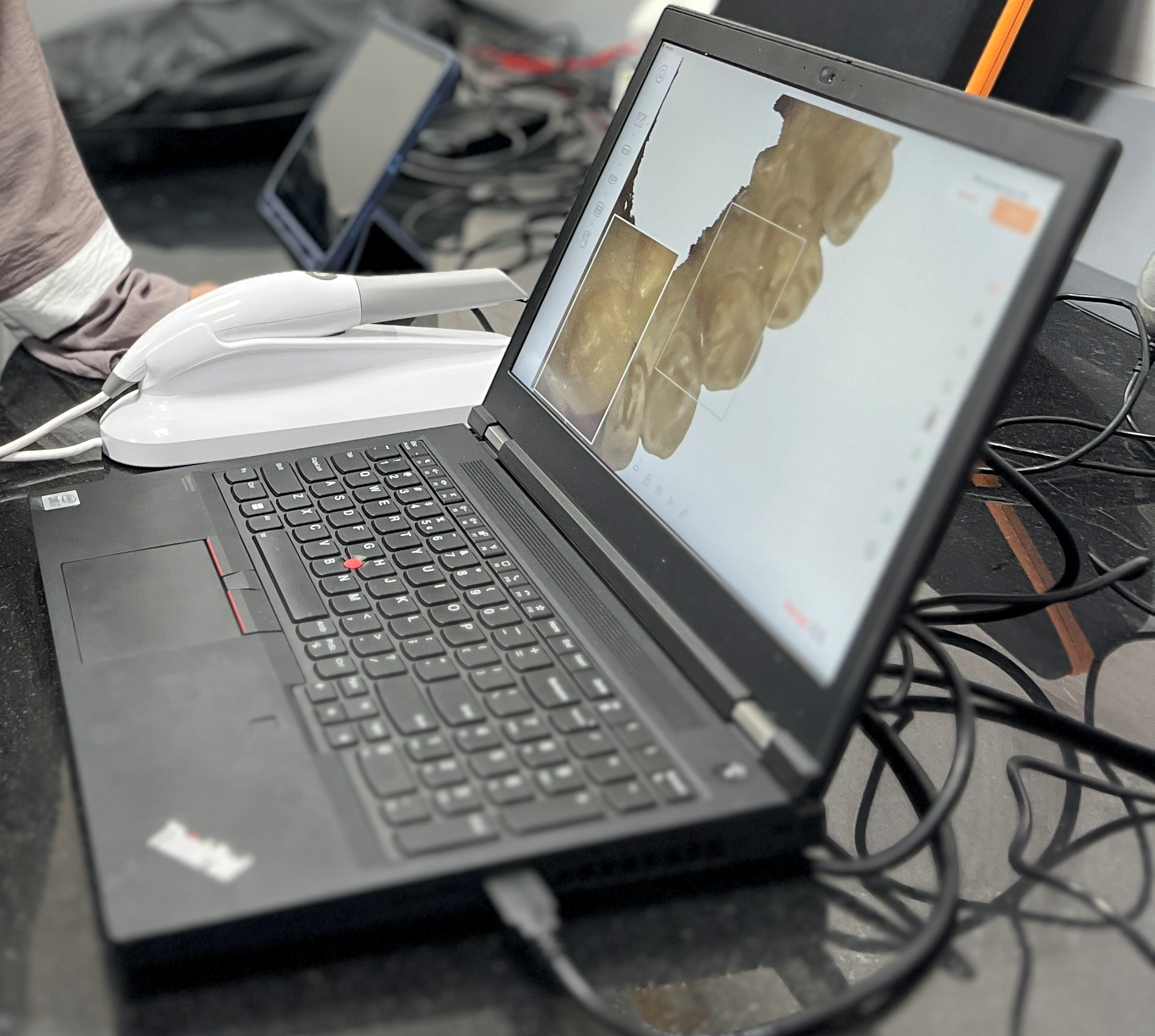Getting the Job done in Design: From Presentation#1 to Paycheck
Working in a design consultancy or freelance setup, getting clients, dealing with different clients, working with contracts and lawyers, all are important; but no matter how much theory you read and how much you prepare for those, The only way to excel in these areas is via experience. Say you’ve gone through the RFPs, vetted the client, given the proposals and landed the job even, well, what next? This article will walk you through the entire process of getting the job done: from the first presentation to the final pay check, all the hurdles and hoops you might face and how to expertly maneauver through them.
It is very important for a designer to be able to stand ethically behind the work they do. They are responsible for what they put out into the world and should therefore be very careful of what work they choose to undertake. As quoted by renowned Designer Mike Monteiro in his book ‘Design is a Job’, “Not only can a designer change the world, A designer should!” Many a times small design consultancies or firms get hired by companies and then they try to hijack the way you work. Companies often are anxious about having spent money hiring outsiders and hence try to break your process. They ask you to start drawing early, skip research, rush you, control or block your access to decision makers, force upon trendy ways. But design firms need to realise that clients hire them for their work, which is ultimately their design process. So, it is important to stick to their process and not let the clients break it. Design process although ever evolving is the framework by which designers do all their work. It is very crucial for a designer to defend and pursue what they believe in, while also assuring the clients that good work is happening by keeping open communication, being transparent and willing to bend a little. As said by Alex Deiner, “World-changing design doesn’t happen overnight. Instead things evolve incrementally to create a higher standard.” Being a communication specialist, one of the most important tools in a designer’s skill belt is ‘Presentation’. No design can sell itself. Presenting, explaining rationale, answering questions, and eliciting feedback are part of a designer’s job. While presenting, a designer should ask for feedback in the client’s expertise zone, not their design knowledge; speak to goals and not features. Helping clients give proper active feedback, avoiding subjective questions, addressing things the designer wants feedback on, asking clarifying questions in follow-up, giving the client permission to give negative feedback and making sure that everyone’s doubts and questions have been cleared up are some of the key traits of a successful design professional. If more than one designer has been working on the presentation, presenting collaboratively on a united front is better. It is necessary to be open, take critical feedback, acknowledge mistakes and make necessary changes. “There is no substitute for getting in the trenches.” as Travis Lee, Sustainable Design lead at Lunar says.
Learning to present work efficiently is something designers have to learn to survive in the industry, yet the hardest part about presentations is how to get and how to process feedback? Most designers, especially those coming freshly baked out of hot overcrowded ovens that are design colleges, are awkward when it comes to managing feedback. Gathering and Managing feedback is as crucial as that sexy sketch, because if it doesn’t satisfy the clients’ needs then it isn’t worth a second look .Designers have to make the client understand how to give the right feedback at the right time and in the right language. Explaining the importance of feedback early on, design consultancies must keep a tight and neat feedback cycle and document it well. Also important is understanding the invisible stakeholders, hidden decision makers, early on as they can pop up during the end of the projects and give retroactive feedback. Flushing them out early and involving them from the start will help prevent setbacks later on, keeping the review circle small but made of the right people. To get objective feedback, designers must give objective presentations, keeping personal feelings aside. Feedback guidelines help the clients in clarifying what feedback topics to focus on and avoiding prescriptive feedback while allowing the designers to get the feedback in writing and organizing them into actionable and non-actionable inputs. They also save a lot of time.
Designers should be careful while disagreeing with feedback; this should be done either in person or over call, never via mails or texts. Rationally explaining disagreements, documenting all decisions and warranting acknowledgement will help both parties in working efficiently towards the common goal, a successful project. It is the designer’s duty to make sure at all times that the client is aware of what is happening, what is required from their side and have positive confidence in the designer’s ability. All these things factor into the success of the project, keeping both the design firm and the client happy. They also help when it comes to paying time.
Every designer has heard of or experienced, either first-hand or from their circles, about freelancers and design consultancies not getting paid on time or even not at all. One of the main reasons for this is clients often do not understand the value of the work that the designers provide. Clear understanding and good relations with the client always help in getting paid on time. Moreover, before agreeing to work on a project, a designer should make it a habit to research over the client’s finances, understand if there is a budget set aside for the job, and if not, how they are going to maintain the money flow. It is important for both the ends to be completely vocal about payments. While drawing out contracts, design firms should settle for terms they are comfortable with and if not, they need to negotiate with polite and professional firmness. It is crucial for a design firm/consultancy to disagree to terms that put their business at risk. Multiple smaller payments are usually better than one big payment, especially in big projects. Tying payments to pre agreed milestones like meetings, reviews or presentations will also boost the output. Taking a commencement fee during signing contracts is a common practice which shouldn’t be waived. Being in a flexible economy, it is also important for a designer to learn to deal with late payments calmly by regularly calling or following up with the client to track the payment, understand why it is late and what can be done to resolve the delay.
Working in a design firm or freelancing and dealing with clients and companies, a designer will come across various people from various professions with whom he must work with. Design is a team job and often one has to deal with designers, stakeholders, researchers, information designers, marketers, project managers, engineers and other third parties from the client companies, vendors,, manufacturers etc. In such cases it is important to make friends with them early on, to prevent any future hinderances. While working with others -listening, being empathetic and understanding are the qualities which go a long way in building rapport. Mutual respect and communication are key. Being a designer, it is very important for you to be able to communicate while also being a listener. One should treat others with respect and start supporting each other’s views, skills, and aspirations as a professional. It is also useful to have other designers to review your work and give valuable feedback as they can understand design better than the client. Peer to Peer critique is very important as it helps build critical thinking skills and a positive attitude towards taking criticism. It is important to know that critique is of your work and not of you. It is good to be open to ideas from others and keep a balance between defending your work and accepting better ideas.
“People learn the most from those who are physically proximate. Proximity makes people more likely to collaborate and seek feedback and advice and this leads to higher quality, more novel, and more diverse ideas.” says Sharique Hasan, Associate Professor of Strategy at Duke University’s Fuqua School of Business.
Keeping expectations matched within your design firm is also very important. Everyone should have a clear idea of what their role is and what is expected of them. Being able to apologise when wrong even if you are the boss within your team is necessary to run a well-oiled machine.
While there’s no hard and fast rule book for how to work as design firm, designers need to learn by bumping against these obstacles in the industry themselves. Experience is the best teacher.
Learning from the last presentation and applying it to the next is not only smart but also efficient. As quoted by the legendary designer Paula Scher, “It’s through mistakes that you actually can grow. You have to get bad in order to get good.”
Author:
Atharva Sonawane, B. Des. Automobile & Transportation Design, Sem. VII, Unitedworld Institute of Design (UID)
Illustration by:
Soham Jape, B. Des. Automobile & Transportation Design, Sem. VII, Unitedworld Institute of Design (UID)
Disclaimer: The opinions / views expressed in this article are solely of the author in his / her individual capacity. They do not purport to reflect the opinions and/or views of the College and/or University or its members.






